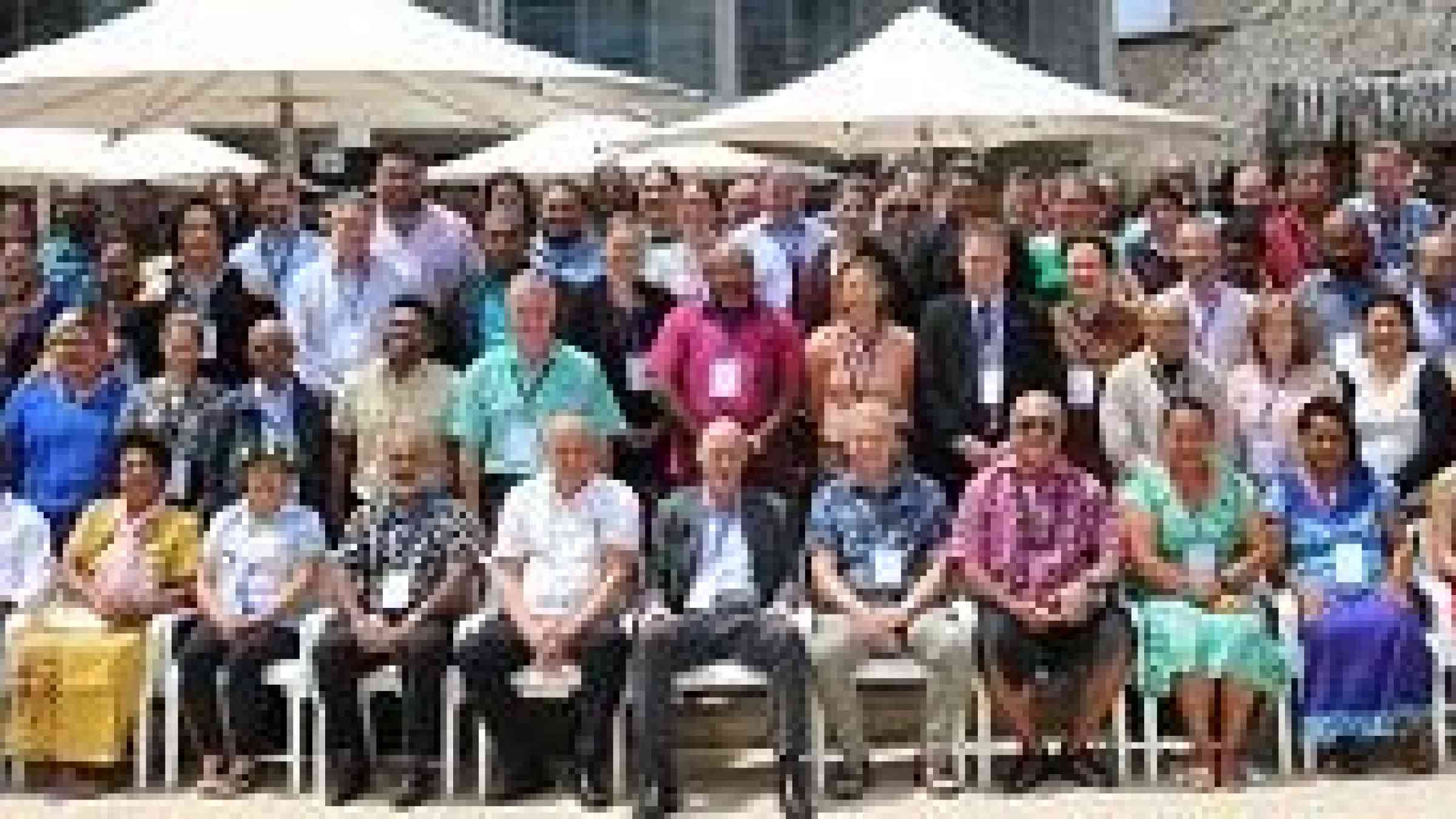Pacific: DRR is everyone’s business

SUVA, 04 October 2017 – The Pacific region today challenged itself to make disaster risk reduction everybody’s business and convert one of the main calls for action of the Sendai Framework for Disaster Risk Reduction into an everyday reality.
At the opening of the 2017 Joint Pacific Platform for Disaster Risk Management and Climate Change Roundtable, in Fiji, more than 200 government officials and representatives from across the development sector agreed that now was the time to move from commitment to action on resilience.
Permanent Secretary for Local Government, Housing and Environment, Government of Fiji, Mr. Joshua Wycliff, led the challenge, and said: “Collective partnership is our strength in the Pacific. But we need to expand this partnership much further to include many others, like the private sector, so that we build resilience.”
The Director-General of the Pacific Community (SPC) Dr. Colin Tukuitonga said it was time to translate the strong spirit of collaboration in the region into substantive partnership. This was needed to deliver on the Framework for Resilient Development in the Pacific: An Integrated Approach to Address Climate Change and Disaster Risk Management 2017-2030 (FRDP).
“Integration is often over-used in conversation and under-used in practice,” Dr. Tukuitonga said. “We have a shared responsibility to further learn the value of partnership and to be more inclusive. The Framework for Resilient Development has been endorsed by our political leaders. We now have to move forward as part of what is being called the new Pacific Resilience Partnership.”
Deputy Director-General of the Secretariat for the Pacific Regional Environment Programme (SPREP), Mr. Roger Cornforth, concurred: “There are many examples of climate and disaster resilience in action around the region but so much more needs to be done to better integrate action for the benefit of people on the ground.”
Several such examples of joint action were shared. In the Federated States of Micronesia, North Pacific, at the height of the El Niño-caused drought of 2016, Fais, with a population of 300, was the only one of 19 islands in Yap State that did not require supplies of freshwater.
Why? The community developed a long-term water security plan that established harvesting systems, rehabilitated a groundwater well with a solar-powered pump, all supported by maintenance training and awareness raising on resource management.
“Across the rest of Yap we mobilized ships to bring tons of water to island communities but to this island we brought not one bottle. They even said to us ‘bring an empty ship and we’ll pump our water on it for our sister islands’,” said Andrew Yatilman, Director of the Office of Environment and Emergency Management of Federated States of Micronesia.
In November 2015, the Republic of Palau, Western Pacific (population 21,000), endorsed its ‘Climate Change Policy for Climate and Disaster Resilient Low Emissions Development’ developed after a two-year consultation. The policy addresses 10 development sectors: agriculture and fisheries, health, finance and economic development, natural resources, critical infrastructure, utilities, culture, governance, education, and tourism.
Both the Director of the National Emergency Management Organization Mr. Waymine Towai and the National Climate Change Coordinator, Mr. Erbai Xavier Matsutaro, said they had ‘high hopes’ that the policy would steer Palau towards more integrated action on resilience despite the many challenges.
The United Nations Office for Disaster Risk Reduction (UNISDR), along with SPC and SPREP, is co-organizing the two-day joint platform/roundtable.
The meeting takes place a week ahead of International Day for Disaster Reduction on October 13. This year’s focus is on target (b) of the Sendai Framework: Reducing the number of people directly affected by disasters. Several speakers referred to the current situation in Vanuatu where the full evacuation of the entire 11,000 population of Ambae Island, has been ordered because of fears that the Manaro volcano may erupt.